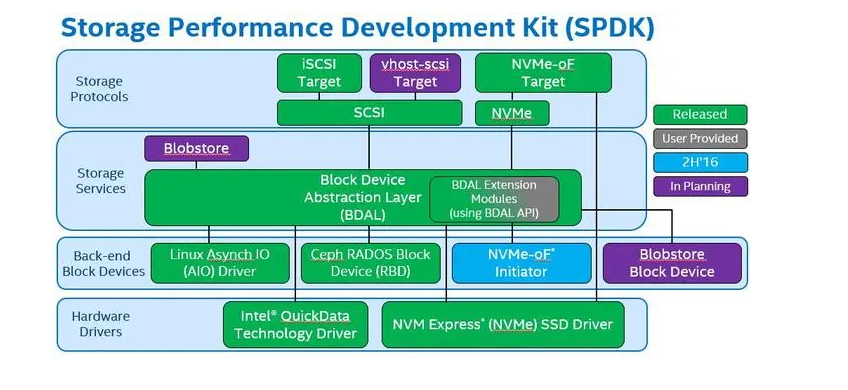Introduction:
Infectious diseases pose significant threats to public health and necessitate a thorough understanding of their transmission dynamics. The study of disease spread within a group setting provides valuable insights into the mechanisms underlying contagion and aids in developing effective preventive strategies. This experiment aims to simulate the transmission of an infectious disease within a group of nine individuals by exchanging test tubes, allowing for the observation of its spread.
The importance of studying disease transmission lies in its potential impact on population health and well-being. Outbreaks can lead to severe illness, increased healthcare burdens, and even mortality. By comprehending how diseases propagate in social networks, we gain valuable knowledge that informs public health interventions, such as targeted vaccination campaigns or implementing quarantine measures.
The specific objective of this experiment is to observe the spread of an infectious agent through multiple rounds of random tube exchanges among nine individuals. By initiating the process with one individual (e.g., Person No. 1) possessing the infected test tube, we can track the progression of infection within the group. Each round involves random swapping of test tubes between individuals, providing ample opportunities for transmission to occur.
Through this practical simulation, we seek to understand the principle and expected results associated with disease spread within a controlled environment. By quantifying the number of people eventually infected after three rounds of tube exchanges, we can gain insights into how infections disseminate within social networks.
This study builds upon existing literature surrounding disease transmission models, network analysis, and epidemiology. It contributes to our understanding by exploring real-world scenarios through experimental simulations. Ultimately, our findings may inform strategies for containing outbreaks and preventing further dissemination in similar group settings.
By examining the intricate dynamics of disease spread within a controlled experimental setup, we aim to uncover fundamental principles that underlie contagion patterns and enhance our ability to mitigate infectious diseases’ impacts on society.
内容由零声教学AI助手提供,问题来源于学员提问





















